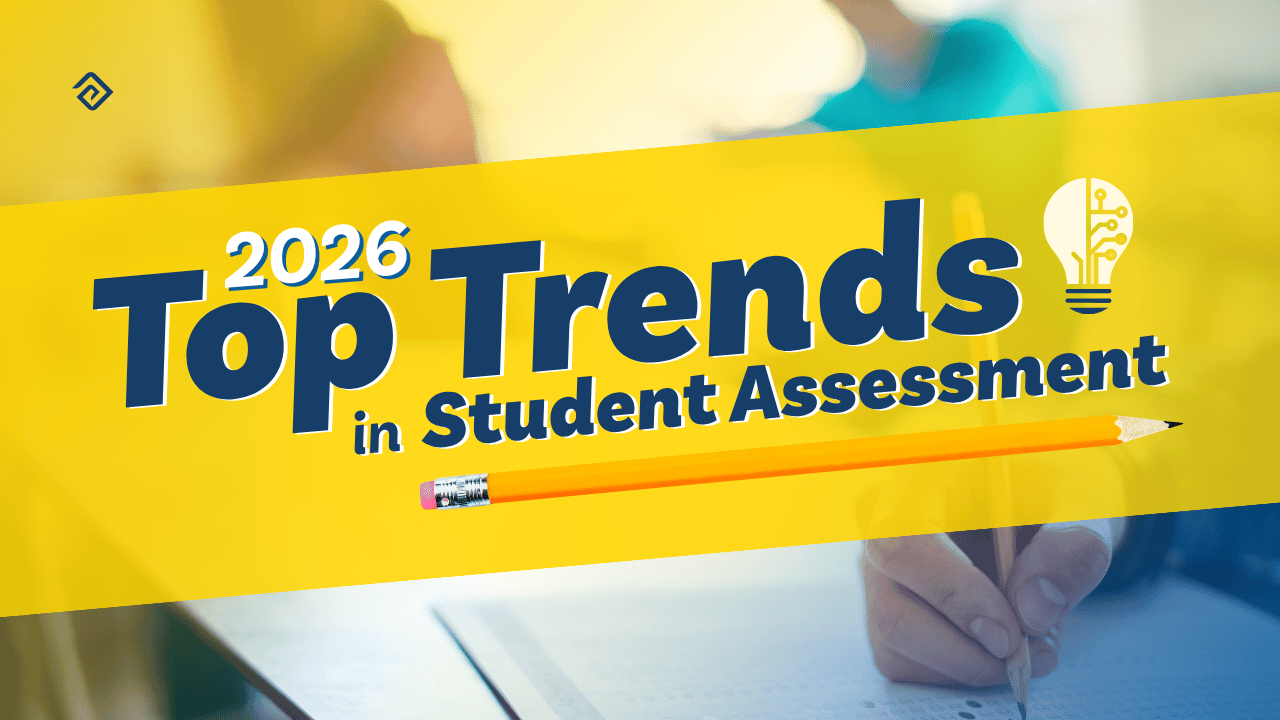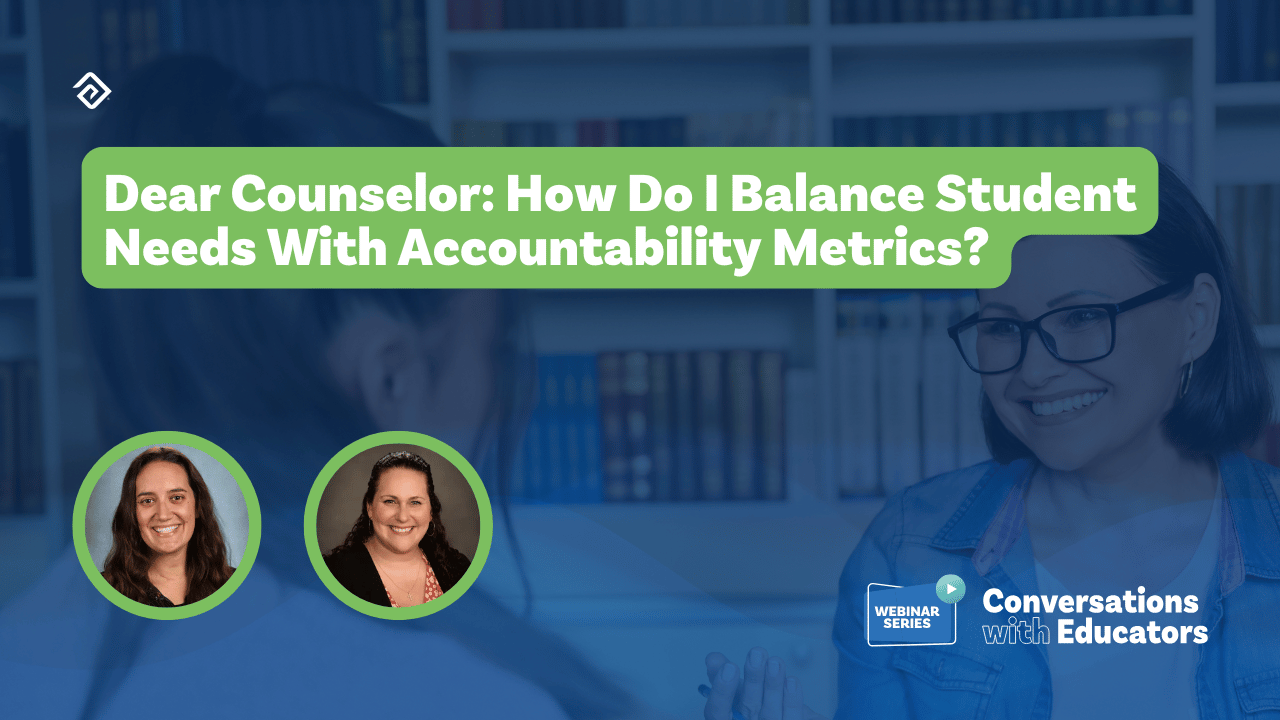How to Prepare Students for the Future
The American workforce has changed exponentially over the past 50 years. Educational leaders can prepare students for an unpredictable economy by incorporating fundamental values for all workplace scenarios. Preparing students for the workforce involves redefining teaching priorities and exceeding the objectives of the traditional classroom curriculum.
Teachers can help prepare secondary students for college by exposing them to a rich set of career preparation activities and school accountability systems. Potential strategies include alternative grading systems, promoting soft skills, and recreating real-world scenarios.
Combine Academic, Emotional, and Social Competencies
Teachers can strengthen social and emotional competencies that include cooperation, a sense of responsibility, empathy, self-control, and assertiveness. Combining these social and emotional skills with academic abilities such as learning strategies and perseverance can help streamline students’ paths toward long-term employment.
Schools may strengthen academic, emotional, and social competencies in student cohorts by:
- Prioritizing skills-building by setting time for advisory meetings where teachers connect with students to not just provide academic and social-emotional support, but a long-lasting relationship with a trusted adult.
- Implementing grade-level meetings for quality planning among teachers and counselors to discuss common and specific student needs as four-year plans are prepared and developed that would include master scheduling, as well as academic, emotional, and social competency considerations.
- Normalizing practical social and emotional competencies through student-teacher interactions beyond classrooms, including cafeterias, hallways, and transportation.
- Providing work-based learning opportunities for students throughout the community that would streamline the academic, emotional, and social competencies with the soft skills necessary for a specific place of employment.
Teach the Art of Learning as an Ongoing Process
Administrators and teachers can develop learning environments tailored to future employment by recreating specific conditions associated with innovative workplaces. These arrangements equip students with the relevant skills and independence to improve retention and motivate lifelong learning.
Incorporating various practical learning experiences can help develop a keen educational interest in students that prepares them for dynamic real-world challenges in the workplace.
- Entrepreneurial Classes
These specialized classes provide students with diverse soft skills for keeping up and succeeding in the gig economy. Entrepreneurial courses cover critical thinking skills and versatile technical knowledge such as social media management and online communications, while sparking one’s creativity. By encouraging students to think like innovators, schools can empower individuals to take better control of their personal and professional development while building the skills to thrive in a collaborative environment or service.
- AI Classes
The World Economic Forum predicts that artificial intelligence (AI) will lead to millions of new jobs by 2025. Educators can provide students with a significant head start in employment by including AI in standard curricula. These classes offer insights into the ethics surrounding AI utilization, practical application, and competencies for adapting to the tech-based workforce.
- Place-based Learning Techniques
Teachers can collaborate with local businesses, community centers, and employers to apply contextual content knowledge based on geography and culture. These initiatives can help students improve personal investment within a working landscape while staying informed of the latest economic and industry trends.
Provide Alternatives to Conventional Grading Systems
Conventional academic grading systems lack the incentives that mirror real-world rewards and achievement in the workforce. Administrators and teachers should consider implementing more meaningful methods of encouraging student involvement and engagement that prepare them for practical job scenarios.
Potential strategies include gamification and project-based learning that promote creative problem-solving, teamwork, and effective communication. Teachers can then enhance these teaching methods by establishing feedback loops that guide students toward the practical benefits of each class and how they apply them in a work environment.
Normalize Hybrid or Virtual Classrooms
Remote and hybrid work arrangements remain a norm in the post-pandemic future. Research from commercial real estate firm CBRE Group Inc. indicates 63% of 42 clients managing 350 million square feet of office space have redesigned units to keep up with new workplace needs. These workspace reassessments enable employees to work more easily outside a physical area.
Applying a digital-first approach to classrooms can give students an advantage by familiarizing themselves with the tools and critical skills of the remote workplaces of the future. In addition, the normalization of hybrid and virtual classrooms enables middle and high schools to offer the same unmatched accessibility to education provided by a rising number of massive online open courses (MOOCs).
Promote Soft Skills For Future Employment
School administrators can prepare students for the workforce by focusing on the soft skills necessary for thriving in a complex future work environment. These social and emotional abilities determine how well students cope with collaborative conditions that rely on trust, dependability, and sustainable work relationships.
Incorporating feedback rubrics and expectations in classroom lessons can help encourage peer-to-peer interactions among students. Administrators and teachers can also explore techniques and methods of incorporating roleplaying practices for active learning that students can apply in the workplace. These activities could include resolving simulated conflicts and suggesting remote assignment submission methods.
Education Advanced - Equipping Schools with Future Proof Education
Education Advanced offers a comprehensive suite of award-winning programs aimed at helping education leaders drive effective systems that prepare students for the future.
The dedicated K-12 ed-tech solutions have served over 4.6 million students, 600 school districts, and 8000 schools by providing the needed modern capabilities to optimize every aspect of academic management.

If your school is interested in automating tasks and streamlining processes, Education Advanced offers a suite of tools that may be able to help:
- Testhound, our test accommodation software, helps schools coordinate thousands of students across all state and local K-12 school assessments while taking into account dozens of accommodations (reading disabilities, physical disabilities, translations, etc.) for students.
- Pathways, our graduation tracking software, allows administrators and counselors to create, track and analyze graduation pathways to build an educated, talented workforce for the future.
Request a demo of our software today or contact us here to see how we can help you streamline your school operations.


More Great Content
We know you'll love



